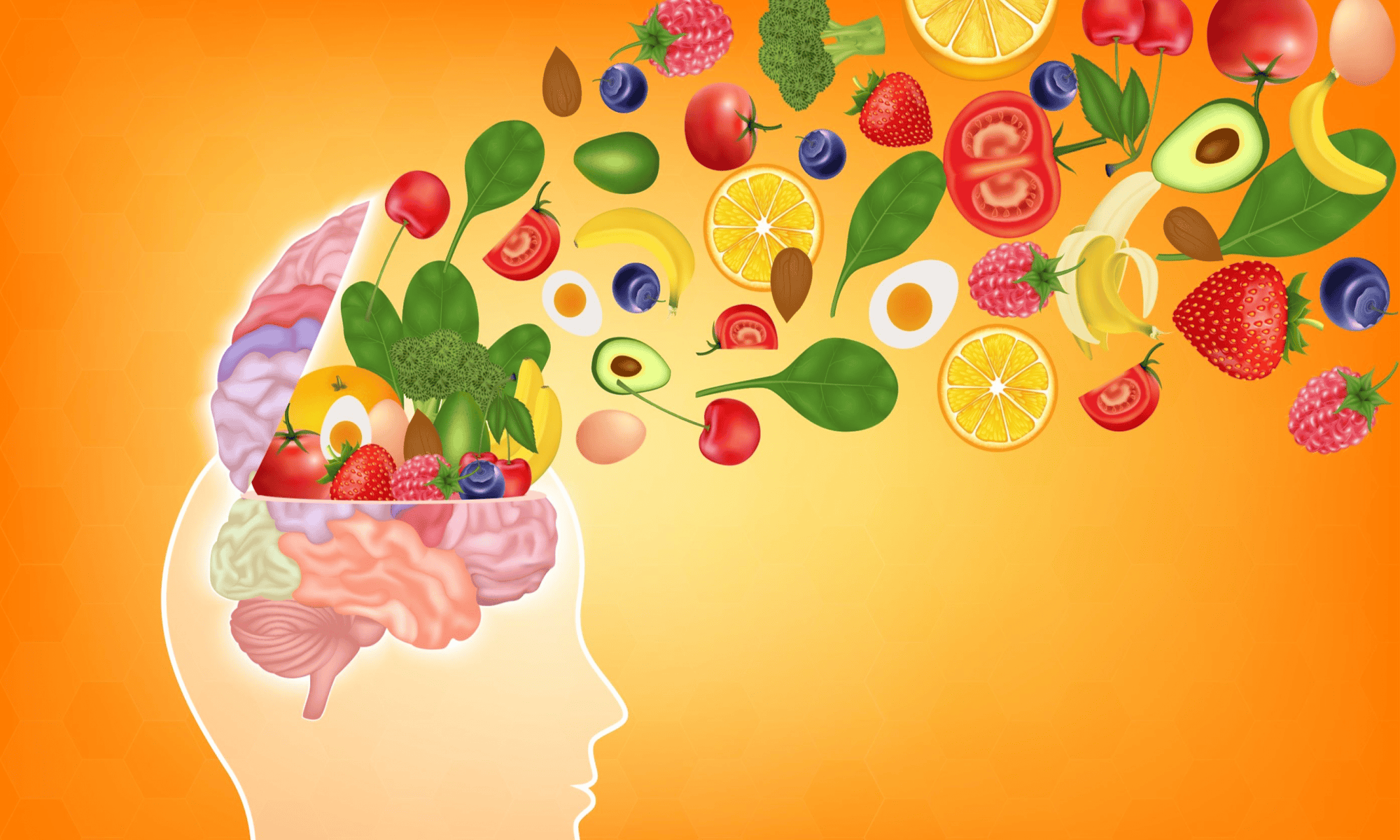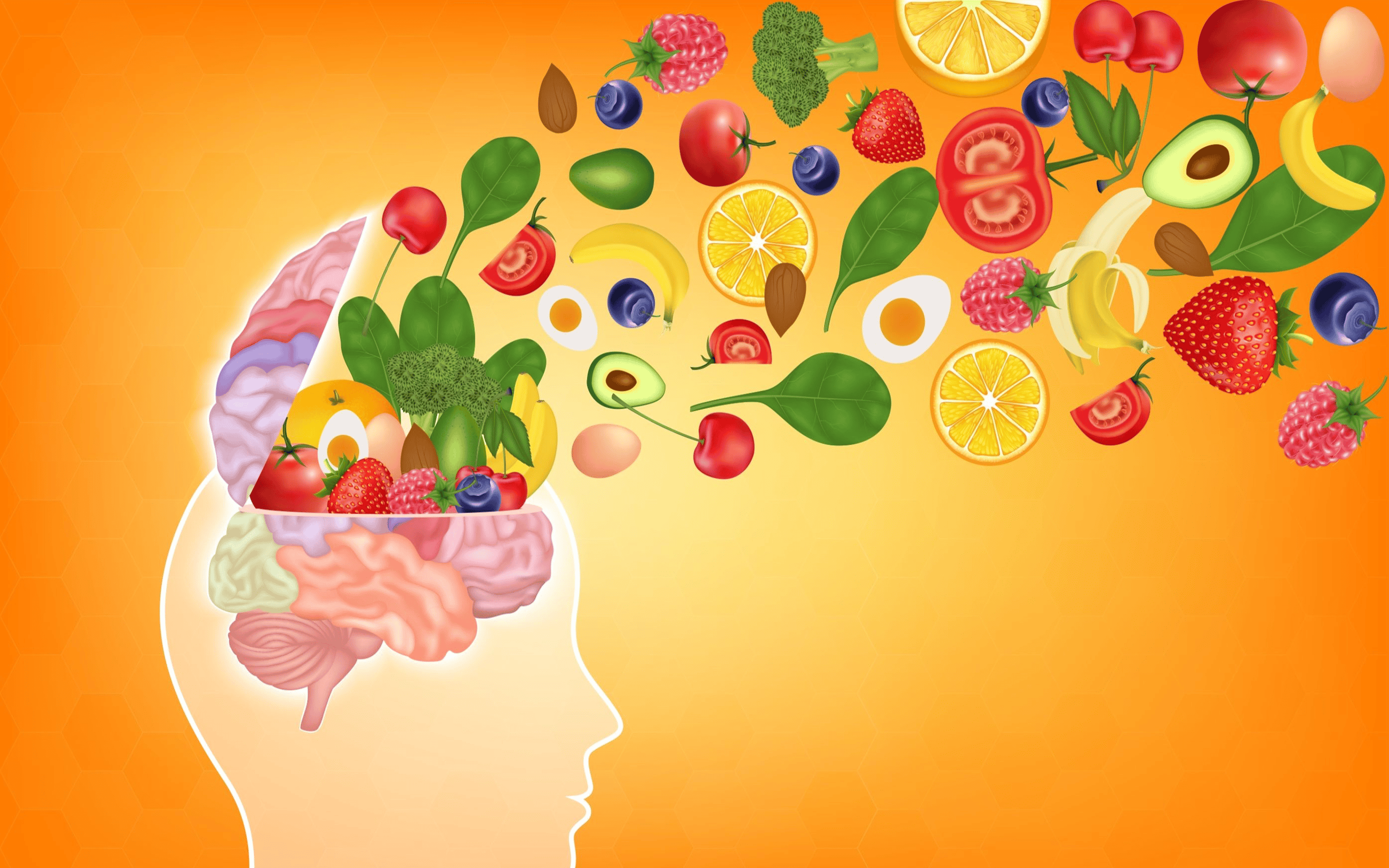
Boost Your Immune System To The Moon
Immunomodulators have become a cornerstone in the quest for improved health and wellness, offering a bridge between traditional medicinal practices and modern scientific understanding. These substances, varying widely from herbs to vitamins, play a crucial role in modulating the body’s immune response, making them invaluable in maintaining health and combating diseases.
In this comprehensive exploration, we’ll delve into the significance of immunomodulators, with a spotlight on astragalus, Reishi mushrooms, vitamin D, among others, guided by insights from renowned experts like Dr. Mercado and Dr. Eric Berg. Their perspectives will not only inform but also inspire individuals to embrace a proactive approach to health management.
Understanding Immunomodulators
Immunomodulators are substances that can either upregulate or downregulate the immune system, depending on the body’s needs. This duality is what makes them particularly fascinating, as they can help boost the immune response against infections and diseases, while also calming an overactive immune system in conditions like allergies and autoimmune diseases.
The Power of Plants and Vitamins
Astragalus
Astragalus, a herb revered in Traditional Chinese Medicine (TCM) for centuries, has been shown to have significant immunomodulating properties. Dr. Mercado, a proponent of integrating traditional remedies with modern medicine, notes, “Astragalus stands out not just for its immune-boosting capabilities, but also for its potential in cardiovascular protection and anti-inflammatory effects. Its adaptogenic properties help the body fight stress and diseases.”
Reishi Mushrooms
Known as the “Mushroom of Immortality” in some cultures, Reishi mushrooms are another potent immunomodulator. Dr. Eric Berg highlights their importance: “Reishi mushrooms are not just food; they’re powerful medicinal substances that can help regulate the immune system, fight cancer cells, and improve liver detoxification. Their adaptogenic qualities make them an excellent resource for managing stress and enhancing overall vitality.”
Vitamin D
Perhaps one of the most crucial vitamins for immune health, vitamin D plays a pivotal role beyond bone health. “Vitamin D deficiency is a widespread issue, with profound implications for immune function,” states Dr. Mercado. “Adequate vitamin D levels are essential for activating our immune defenses and reducing the risk for infections, autoimmune diseases, and even some types of cancer.”
Echinacea
Echinacea, a genus of herbaceous plants native to North America, has been traditionally used for centuries by Indigenous peoples for its therapeutic properties. Modern research supports its use in preventing and treating the common cold. The active compounds in echinacea, including alkamides, polysaccharides, and glycoproteins, have been found to stimulate the immune system. They do this by promoting the activity of immune cells such as macrophages and natural killer cells, which are vital in fighting off infections.
Echinacea is believed to increase the body’s production of interferon, a key component in the immune response against viral infections. However, its effectiveness can vary based on the species of echinacea, part of the plant used, and the extraction method. It’s widely available in various forms, including capsules, tinctures, and teas, making it a versatile option for immune support.
Omega-3 Fatty Acids
Omega-3 fatty acids, particularly eicosapentaenoic acid (EPA) and docosahexaenoic acid (DHA), are found in high concentrations in fish oil, as well as in flaxseeds, chia seeds, and walnuts. These fatty acids are integral to reducing inflammation, a critical factor in the immune response.
Chronic inflammation can suppress the immune system, making the body more susceptible to infections and diseases. Omega-3s help resolve inflammation by producing substances called resolvins and protectins, which have anti-inflammatory and immune-regulating effects. Regular intake of omega-3s is associated with reduced risk of autoimmune diseases, such as rheumatoid arthritis and multiple sclerosis, where the immune system attacks the body’s own tissues.
Probiotics
Probiotics, often referred to as “good” bacteria, are live microorganisms that confer health benefits when consumed in adequate amounts. These beneficial bacteria, predominantly lactobacilli and bifidobacteria, reside in the gut and play a crucial role in maintaining gut health, which is intrinsically linked to the immune system. The gut microbiome helps in the development and function of the mucosal immune system, which protects the body from pathogens.
Probiotics can enhance barrier function, modulate the immune response, and inhibit the growth of harmful bacteria. By maintaining a healthy balance of gut flora, probiotics can prevent gastrointestinal infections and have been shown to influence systemic immune responses, potentially reducing the incidence of respiratory infections and allergic conditions.
Zinc
Zinc is a trace mineral essential for the proper function of immune cells, including neutrophils, lymphocytes, and macrophages. It plays a critical role in the development and function of these cells, and even a mild deficiency can impair immune responses. Zinc affects multiple aspects of the immune system, from the barrier of the skin to gene regulation within lymphocytes. It is also a powerful antioxidant and anti-inflammatory agent. Zinc supplementation has been shown to reduce the duration and severity of colds when taken at the onset of symptoms. Foods rich in zinc include meat, shellfish, legumes, nuts, and seeds, making it accessible through a balanced diet.
Selenium
Selenium is an essential micronutrient and antioxidant that plays a key role in maintaining immune health. It is crucial for the regulation of redox signaling and the production of selenoproteins, which are vital for antioxidant defense and the modulation of immune responses. Selenium deficiency has been linked to increased susceptibility to viral infections and the progression of viral diseases into more severe forms.
This mineral supports the immune system by enhancing the proliferation of T cells and the activity of natural killer cells, both of which are essential for the body’s defense against pathogens. Selenium can be found in foods such as Brazil nuts, seafood, and meats, and it contributes to protecting against cell damage and infections.
The quest for immune optimization continues with an array of natural substances, each with unique properties that contribute to enhancing immune function and overall well-being. Here, we explore seven additional immunomodulators that are gaining attention for their health-promoting benefits.
Vitamin C
Vitamin C, an essential nutrient well-known for its antioxidant properties, plays a significant role in immune health. It supports the function of various immune cells and enhances their ability to protect against infection. Vitamin C is crucial for cellular death, which helps keep the immune system healthy by clearing out old cells and replacing them with new ones. It also acts as a powerful antioxidant, protecting against damage induced by oxidative stress, which occurs with the accumulation of reactive molecules during infections.
Additionally, vitamin C can enhance the production of white blood cells known as lymphocytes and phagocytes, which help protect the body against infections. Citrus fruits, strawberries, bell peppers, spinach, and kale are excellent sources of vitamin C, making it easy to incorporate into the diet.
Vitamin E
Vitamin E is a fat-soluble antioxidant that plays a critical role in regulating immune function. It helps maintain the integrity of cell membranes, protecting them from oxidative damage. Vitamin E influences the immune response by enhancing T-cell mediated function, which is crucial for a robust immune response, especially in the elderly.
Its antioxidative properties also contribute to the prevention of infections caused by viruses and bacteria. Foods rich in vitamin E include nuts, seeds, spinach, and broccoli, providing a tasty way to boost immune health.
Garlic
Garlic has been used for centuries in various cultures for its medicinal properties, including its ability to fight infections. It contains compounds that can help the immune system fight germs. Allicin, a compound found in garlic, is known for its antimicrobial and antiviral properties. Garlic enhances the functionality of immune cells, like macrophages, lymphocytes, and natural killer cells, enabling them to combat pathogens more effectively. Regular consumption of garlic can also lower the risk of catching colds and reduce the severity of symptoms in those who do get sick.
Ginger
Ginger is another natural ingredient with significant immunomodulatory effects. It has strong anti-inflammatory and antioxidative properties, which can help reduce inflammation and enhance immune responses.
Gingerol, the main bioactive compound in ginger, can help lower the risk of infections by inhibiting the growth of various types of bacteria. It’s particularly effective against oral bacteria linked to inflammatory diseases in the gums, such as gingivitis and periodontitis. Ginger also has antiviral properties, making it beneficial in fighting respiratory infections.
Turmeric
Turmeric is a bright yellow spice that has been praised for its anti-inflammatory and antioxidant properties, primarily due to curcumin, its active component. Curcumin has been shown to modulate the activation of T cells, B cells, macrophages, neutrophils, natural killer cells, and dendritic cells, which are all vital components of the immune system.
By modulating these cells, turmeric can help reduce the body’s inflammatory response to pathogens and damaged cells, potentially leading to improved immune health. Its ability to enhance antibody responses also suggests a role in improving immunity.
Green Tea
Green tea contains potent antioxidant compounds known as catechins, with epigallocatechin gallate (EGCG) being the most prominent. EGCG has been found to enhance immune function by improving the health of the T cells, which play a critical role in immune responses. Green tea also has antimicrobial properties, which can protect against microbial pathogens and enhance the overall immune system’s effectiveness. Its antioxidants can help reduce inflammation and protect against oxidative stress, further supporting immune health.
Quercetin
Quercetin is a flavonoid found in many fruits, vegetables, leaves, and grains. It is known for its antioxidant and anti-inflammatory effects, which can help boost the immune system.
Quercetin can modulate the immune system by reducing inflammation and acting on cells involved in the immune response, such as mast cells and basophils. It also has antiviral properties, with studies suggesting it can help fight against common viruses, including those that cause the common cold and influenza. By stabilizing mast cells, which release histamine, quercetin can also help reduce allergies and asthma symptoms, further demonstrating its immune-modulating effects.
Incorporating these immunomodulators into one’s diet or supplementation regimen can offer a multifaceted approach to enhancing immune function and overall health. However, it’s important to consult healthcare professionals before starting any new supplement, especially for individuals with existing health conditions or those taking medication, to ensure these substances are used safely and effectively.
Taking Health into Our Own Hands
Both Dr. Mercado and Dr. Eric Berg emphasize the power of individual action in health maintenance. By integrating immunomodulators into our daily lives, along with a balanced diet, regular exercise, and stress management, we can significantly impact our health outcomes.
Dr. Berg encourages a proactive stance: “Empower yourself with knowledge and take actionable steps towards your health. It’s not just about living longer; it’s about living better.”
Conclusion
The exploration of immunomodulators like astragalus, Reishi mushrooms, and vitamin D opens up a fascinating realm of possibilities for health and wellness.
With insights from Dr. Mercado and Dr. Eric Berg, it’s clear that embracing these natural allies can be a game-changer in our health journey. By taking an informed and proactive approach, we can harness the power of immunomodulators to enhance our immune system, combat diseases, and ultimately take control of our health destiny.












